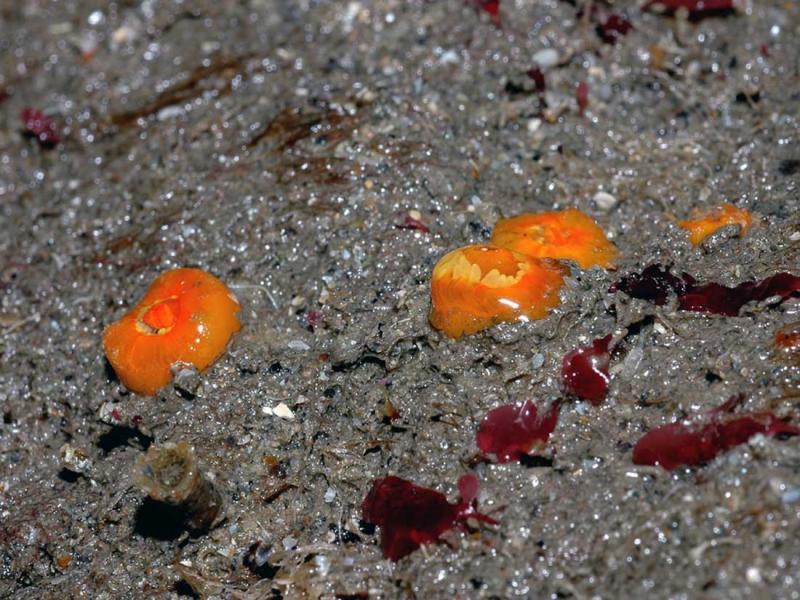
Coastwise welcomed back its old friend Dr Keith Hiscock. Keith was born in Ilfracombe, where he developed the love of marine biology that has defined his life.
Now retired (in a sense), he's a sort of Emeritus Celebrity Professor at the Marine Biological Association in Plymouth, where he retains a desk and laboratory rights.
His talk covered the treasures to be found on the rocky beach at low tide, and he referred to Philip Henry Gosse's book of the 1860's "Rambles on the Devonshire Coast" for examples. Gosse's descriptions of location are so detailed that one can find the precise pools that he observed 150 years ago. Keith's research observations provide some enigmas. For example, the anenome Segata elegans can't now be found where Gosse did, but has colonised the recently-sunk (as a marine reef) HMS Scylla in Torbay.
He also gave the example of the small green sea urchin Psammechinus miliaris, which is found in much more frequently in Scotland – he surmises that the Wrasse which aggressively predate them are not found in the colder Northern waters.
Keith has dived and explored Lundy waters for 50 years, and noted that the Scarlet and Gold Corals can now be found there in the shade provised by new marine structures.
The talk concluded with some challenges – including finding sea anenome (Anthopleura thallia) at Combesgate and Celtic Sea Slugs (Onchidella celtica) at Croyde.
Keith illustrated the talk with his brilliant underwater pictures, examples being the Scarlet and Gold Cup Corals (R, top) and the stalked jellyfish Lucernariopsis cruxmelitensis (R, bottom).

